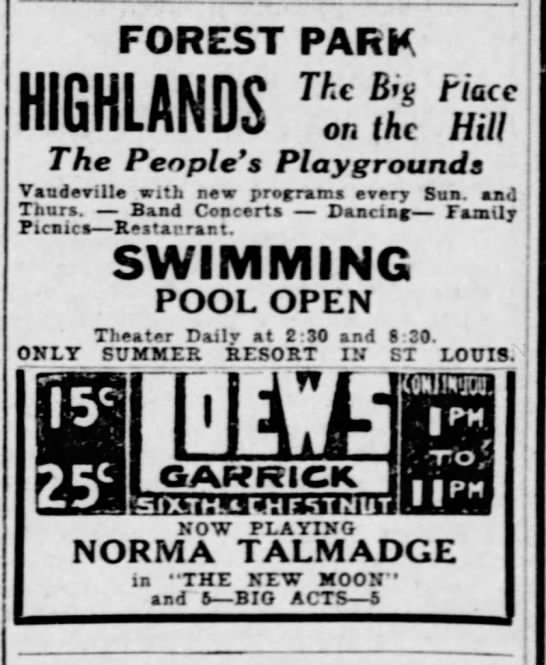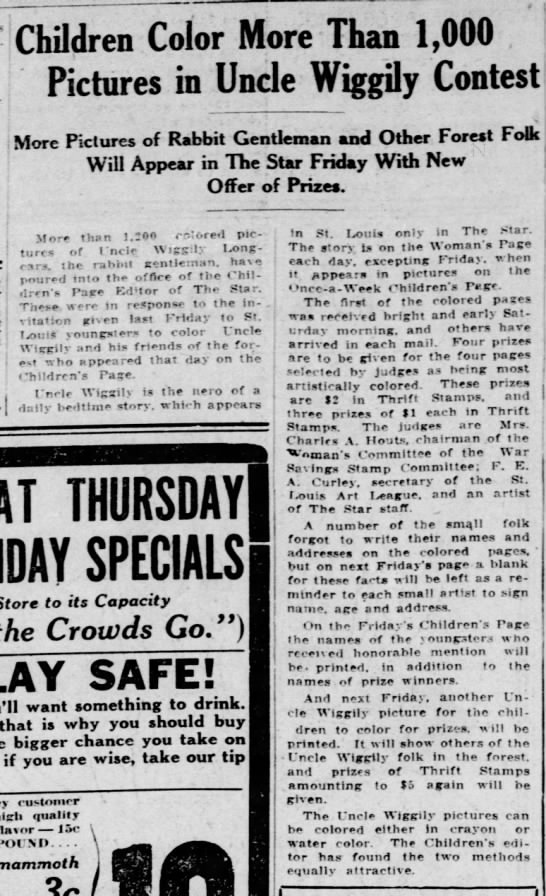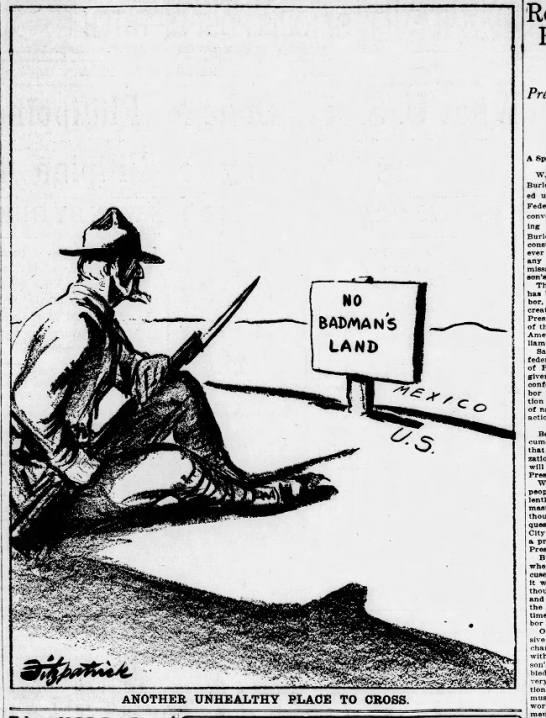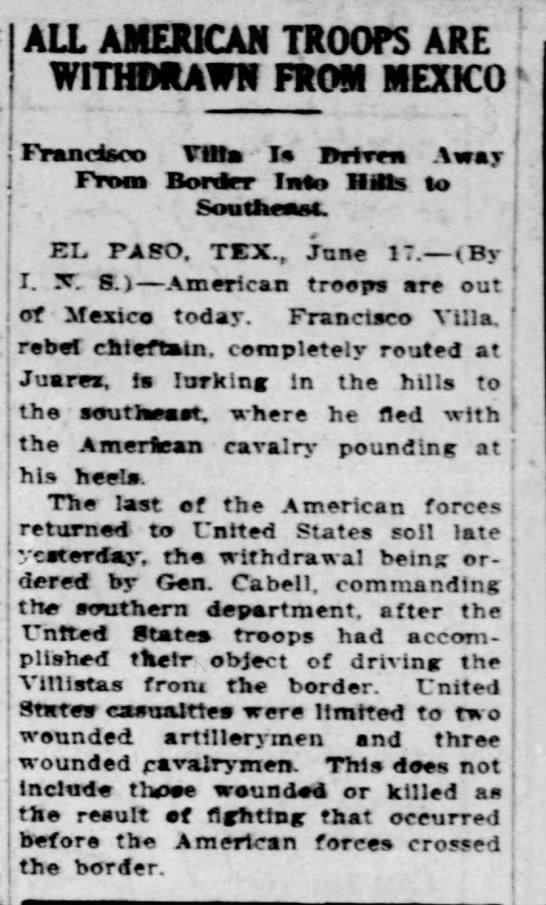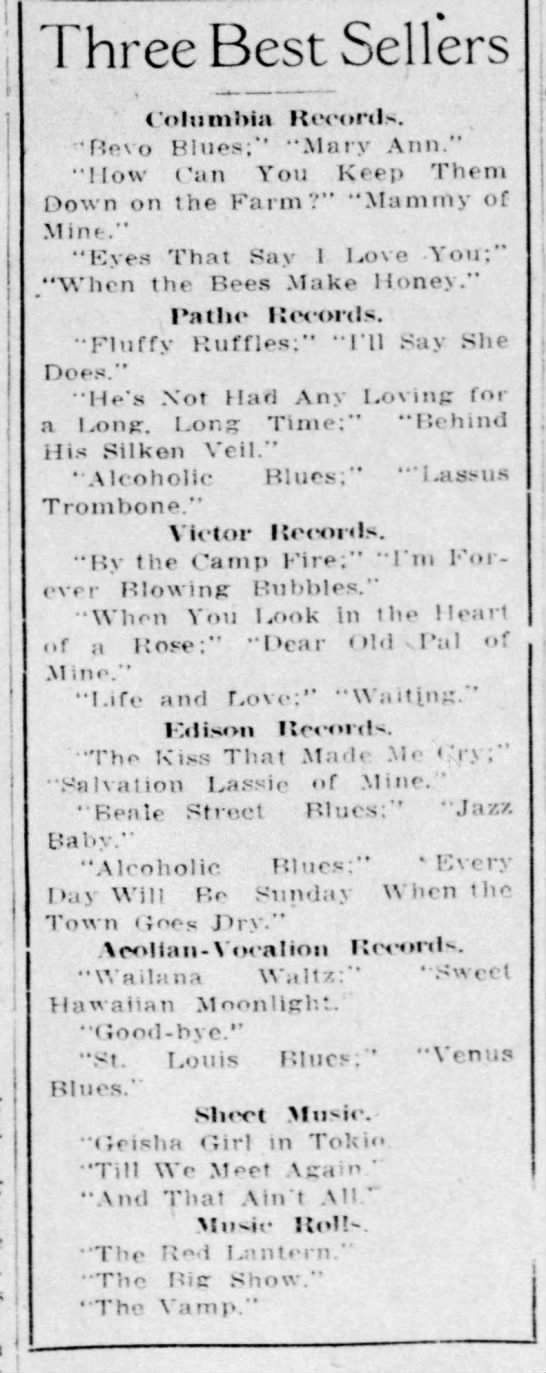 |
| Helen Korngold, Dec. 1919, New York City |
This year I am sharing the 1919 diary of Helen Korngold of St. Louis, MO.
After graduating from Washington University Helen went on a trip to Colorado.
July
Monday 14
Village not very exciting. Edith & I waded in Big Thompson – lots of fish – Met Mr. Strothers from K.C. Used to go to Central. Played ball with him & danced. He’s a fine chap. To bed, after a long chat with him.
Tuesday 15
Mr. & Mrs. Nieman took me riding – They are just too dear for words. We had a lovely dinner – time to go to lunch. Danced with Edith & Durand. Fooled around – dinner – talked & danced.
Wednesday 16
Walked to Country Club with May – rode back – met a mutual friend Harry Thomas McGarry. Took pictures & talked – lunch – home to ret. Dinner. Danced all evening. Smith is a wild dancer. While Strother is almost pep-less.
Thursday 17
Tired. Rest all morning. Read. Lunch – talked. Took a long hike with David. Home – He’s nice, but not very excellent company.
Friday 18
To town with May & David. He’s a sport when it comes to (?) Home in time for lunch. Slept all afternoon. Dinner – played cards. Edith may leave tomorrow morning.
Saturday 19
Write letters. Walk to village with Durand. Longs Peak Inn & Copland Lake. Drove into lake. Wild. Danced in evening.
Sunday 20
Judge went to Longs Peak. Outside all morning. Met Betty Kouchin’s chum Julia Cross. Spent afternoon with them. Out with David & girls in evening. Durand & I got home at 11 bells. Not very exciting.
NOTES:
July 14
Mr. Strothers of Kansas City who went to Central High may be Lewis Strothers in the 1905 Central HS yearbook, born 1889
Mr. Strothers of Kansas City who went to Central High may be Lewis Strothers in the 1905 Central HS yearbook, born 1889
July 16
Harry Thomas McGarry appears in the Colorado Springs 1922 City Directory as an attorney. He was born in New York around 1895. In the 1921 Colorado Springs City Directory, he is listed as president of Farmer’s and Miner’s Trading Company. July 19 Copland Lake is a manmade lake in the Rocky Mountain National Park Longs Peak Inn was a lodge purchased by Elizabeth and Esther Burnell summer of 1916. In 1918 Esther married Enos Mills and they ran the inn together.
| Longs Peak Poster |
Harry Thomas McGarry appears in the Colorado Springs 1922 City Directory as an attorney. He was born in New York around 1895. In the 1921 Colorado Springs City Directory, he is listed as president of Farmer’s and Miner’s Trading Company. July 19 Copland Lake is a manmade lake in the Rocky Mountain National Park Longs Peak Inn was a lodge purchased by Elizabeth and Esther Burnell summer of 1916. In 1918 Esther married Enos Mills and they ran the inn together.
| 1912 photo of Long's Peak Inn |
July 20
Betty Kuchai/Kouchin may be the Betty G. Kuchai on the 1916 through 1922 Denver, CO city directories, working for Cranmor & Co. as a stenographer or bookkeeper. There is a death record for Betty Kuchai Mendel, born October 10, 1901, in Colorado and died October 31, 1980, in Los Angeles. Her father’s name was Kuchai and mother’s maiden name was Kirchner.
An Abraham Kuchai appears on the 1910 Denver Census married to Ray with children Rebecca, Esther, Lena and Hyman. He was Russian/Yiddish, arrived in America in 1904, and worked as a job lot peddler. In 1915 he appears on the Denver City Director working for Girvan Furniture & Auction. In 1916 and 1917 his business is listed as ‘clothing.’ In 1924 Ray is working as a milliner and Hyman is a clerk in the Piggly Wiggly. In 1942 Ray Kuchai donated $35 towards the Jewish American Congress, organized in 1917 to secure Jewish rights at the end of the war.


